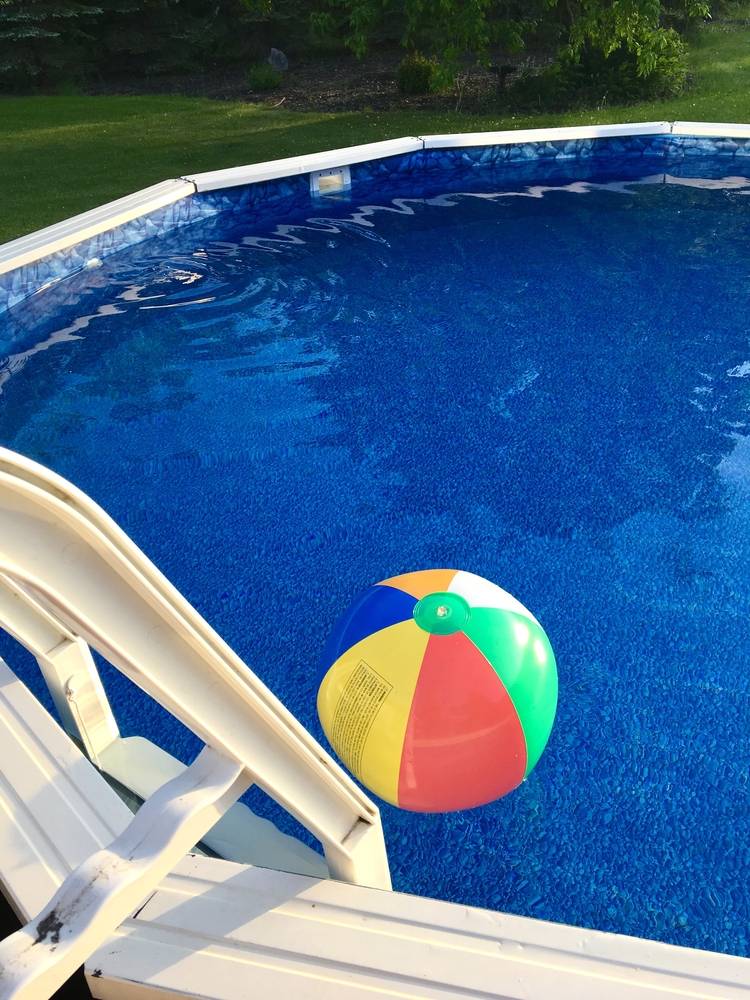You probably won't find any but a very obvious leak using "loosey-goosey" methods. Pat is steering you in the right direction. You might try this modified version of the bucket test (which I admittedly just made up on-the-fly, but it should work).
This would be tough to do unless the pool is very still, at least once a day.
Put the bucket back in, weight it down, and fill it to the identical level as the pool. Then mark the bucket with a sharpie or water-proof tape where that level is. Wait 24 hours. Is the pool lower than the bucket? Then you have a leak.
Measure the distance between the water level in the bucket and the tape. Refill the bucket to the tape. Refill the pool the measured amount. So if the pool is leaking, and say the bucket is 1/4" lower than the tape, then you refill the bucket to the tape and refill the pool, but only with 1/4" of water (which is why it would have to be very still). The level of the pool would then be lower than the tape, and reveal how much water is actually leaking, not just evaporating.
What you're doing is compensating for the evaporation. You repeat this process every day. Eventually the pool's water level will stop lowering, and you'll know it hasn't lowered at all due to evaporation. It is somewhere along that paused water level that the pool is leaking.
Find something to gauge the distance between the coping and the water level. A tape measure or stick, whatever. Then you can refill the pool.
If the level stopped within the edge tile, repeat your dye tracing, but now you'll know where to concentrate your efforts, using the tape measure or stick to zero in on where the leak is.
If it stopped at the bottom of the skimmer, then investigate the skimmer mouth and inside the skimmer with dye.
If it stopped at a return, then you likely have a plumbing leak. If it didn't stop at a return, then you've got a leak below there, perhaps in the drain, and either way it's time to call in the pros.
Or avoid all that and call in the pros now and let them do their thing.


